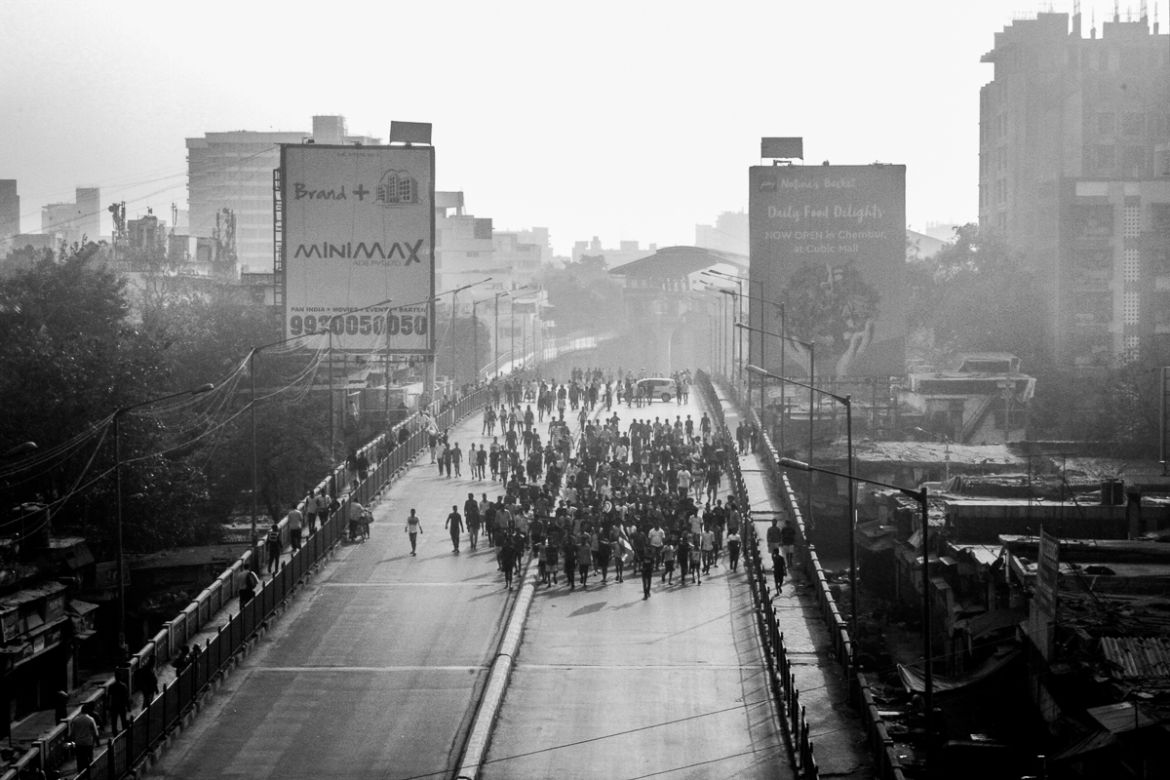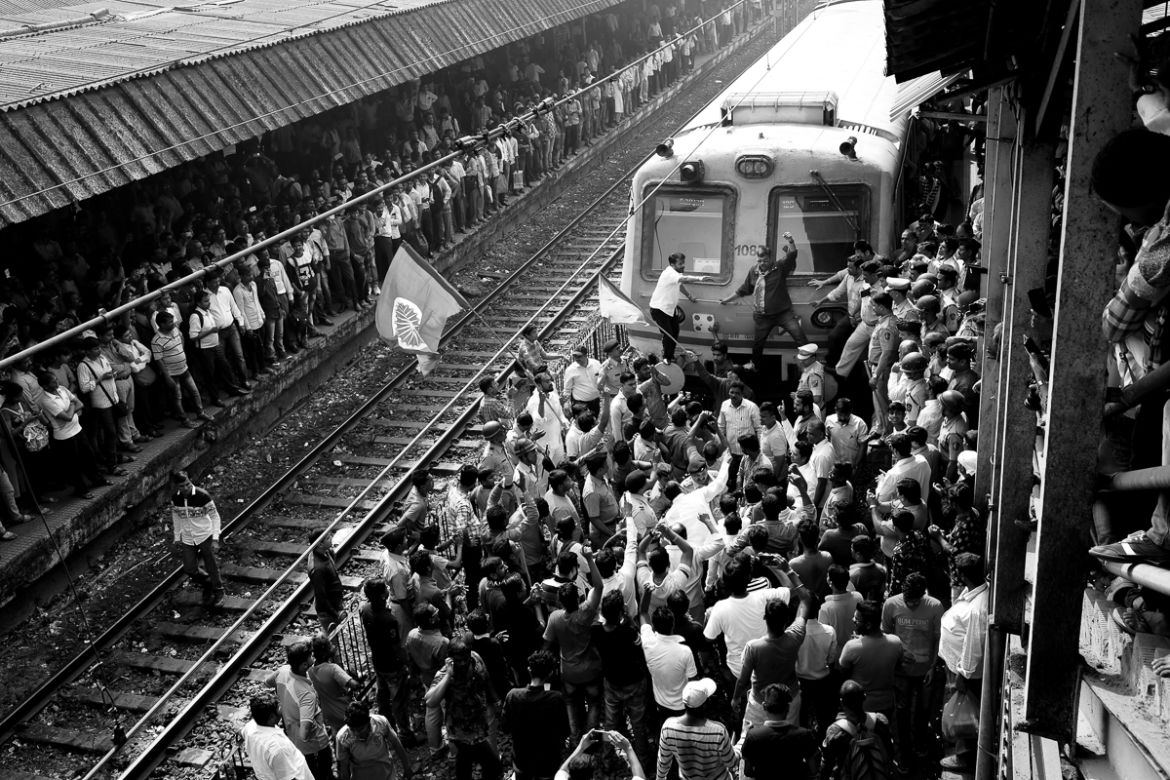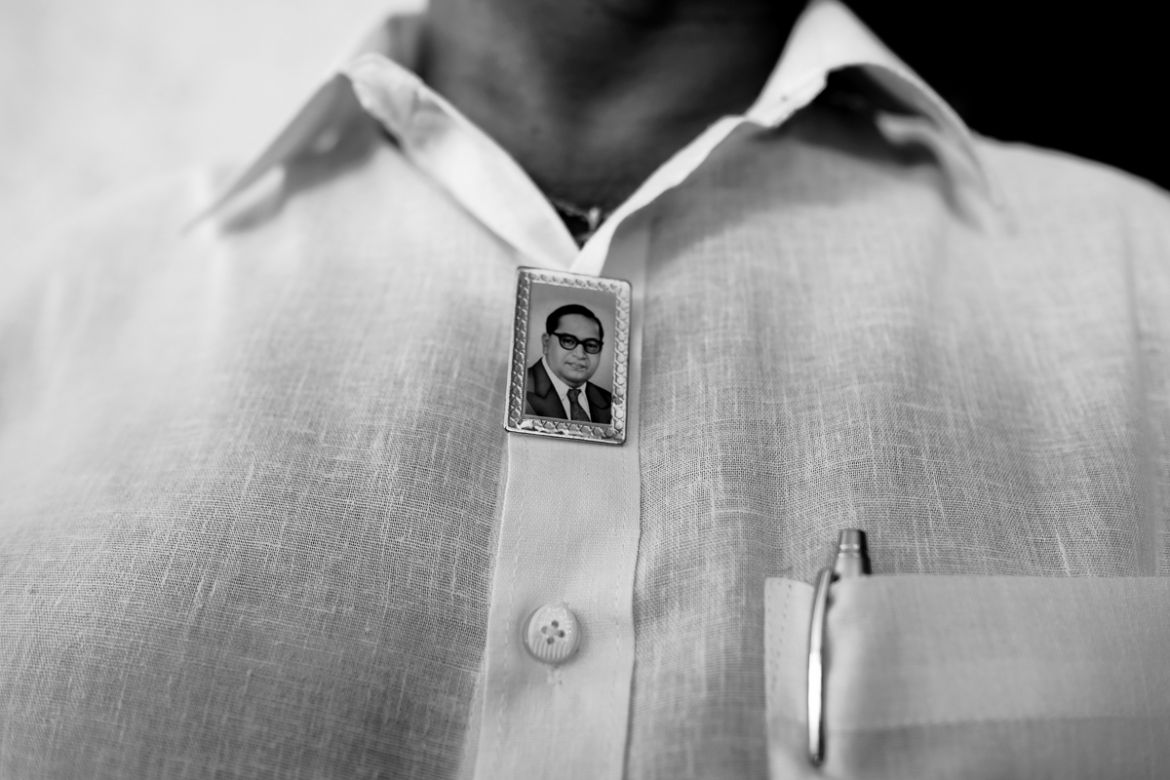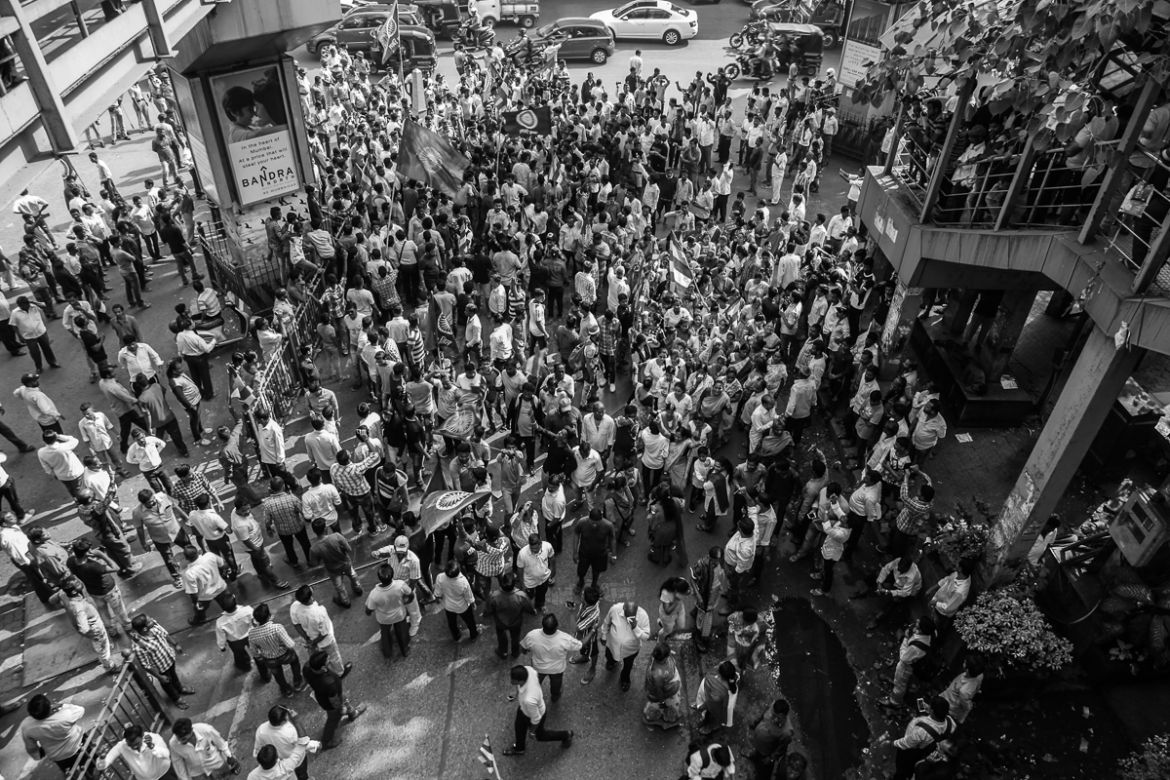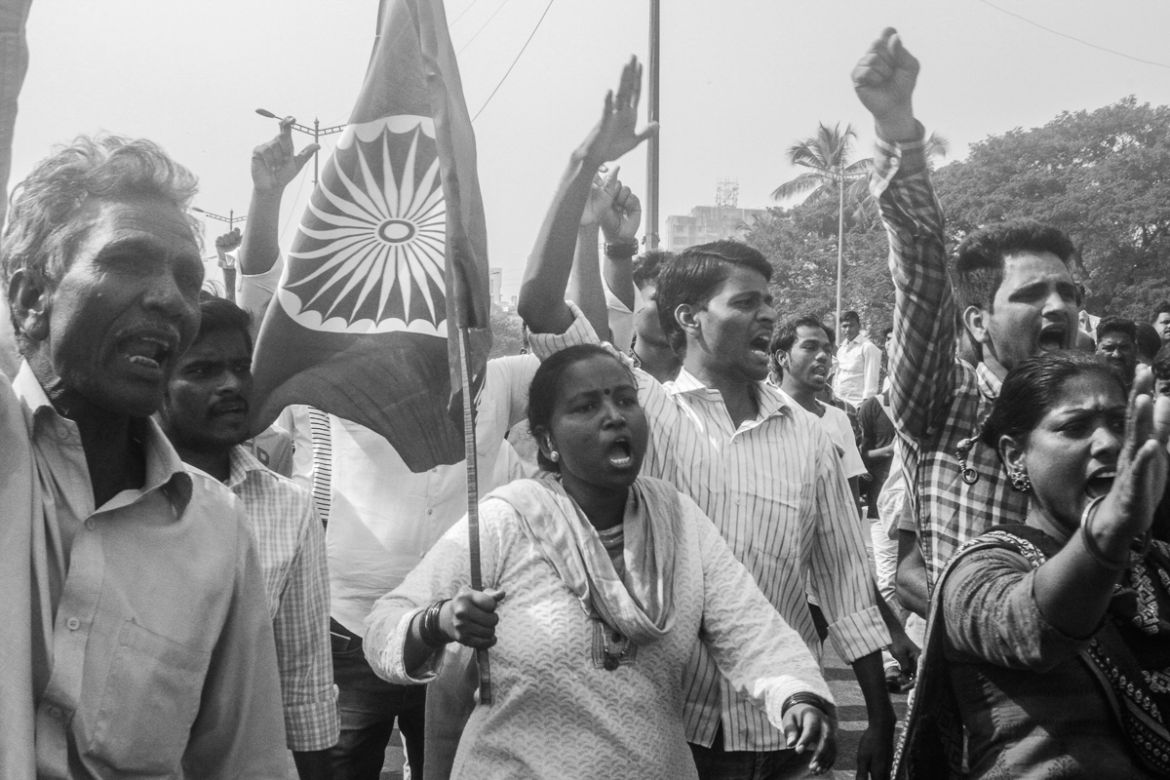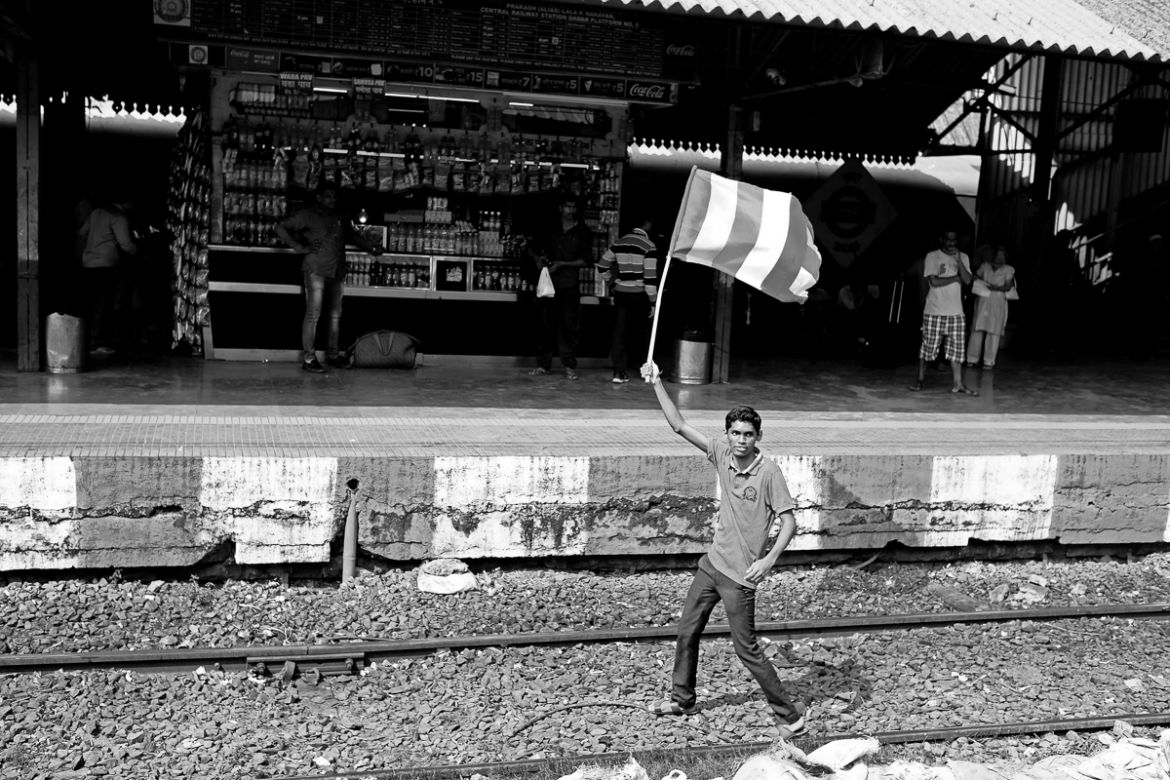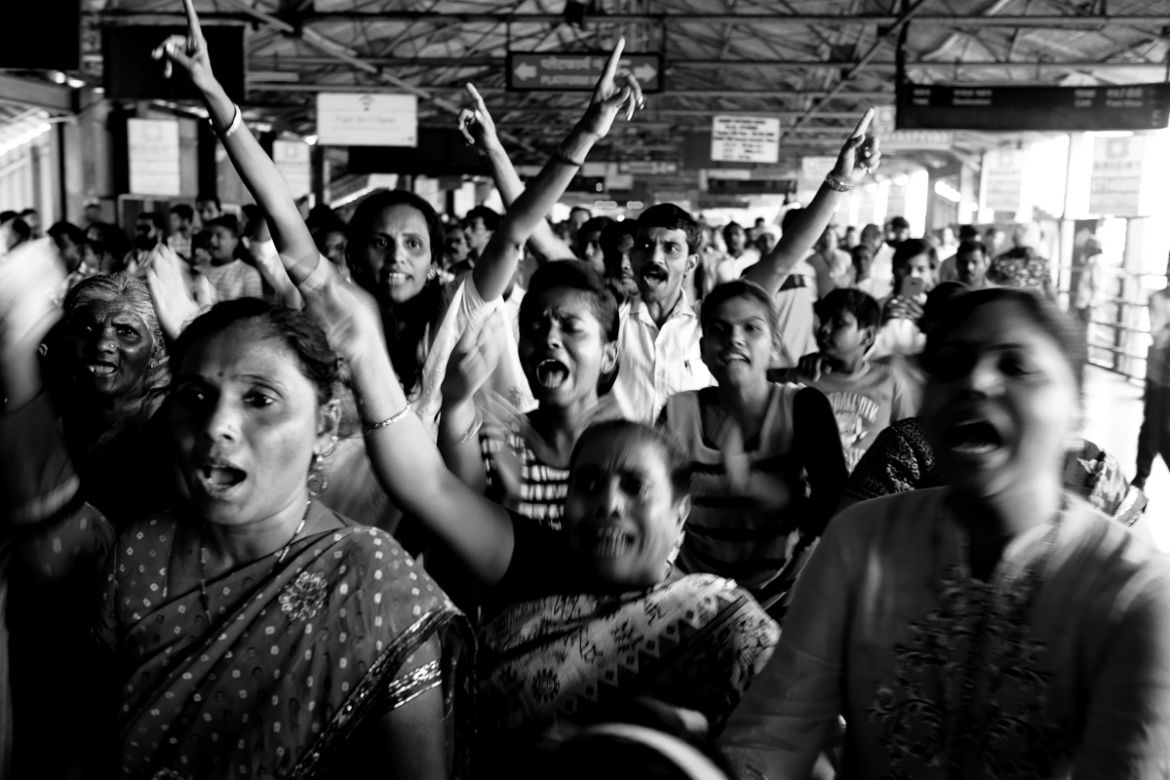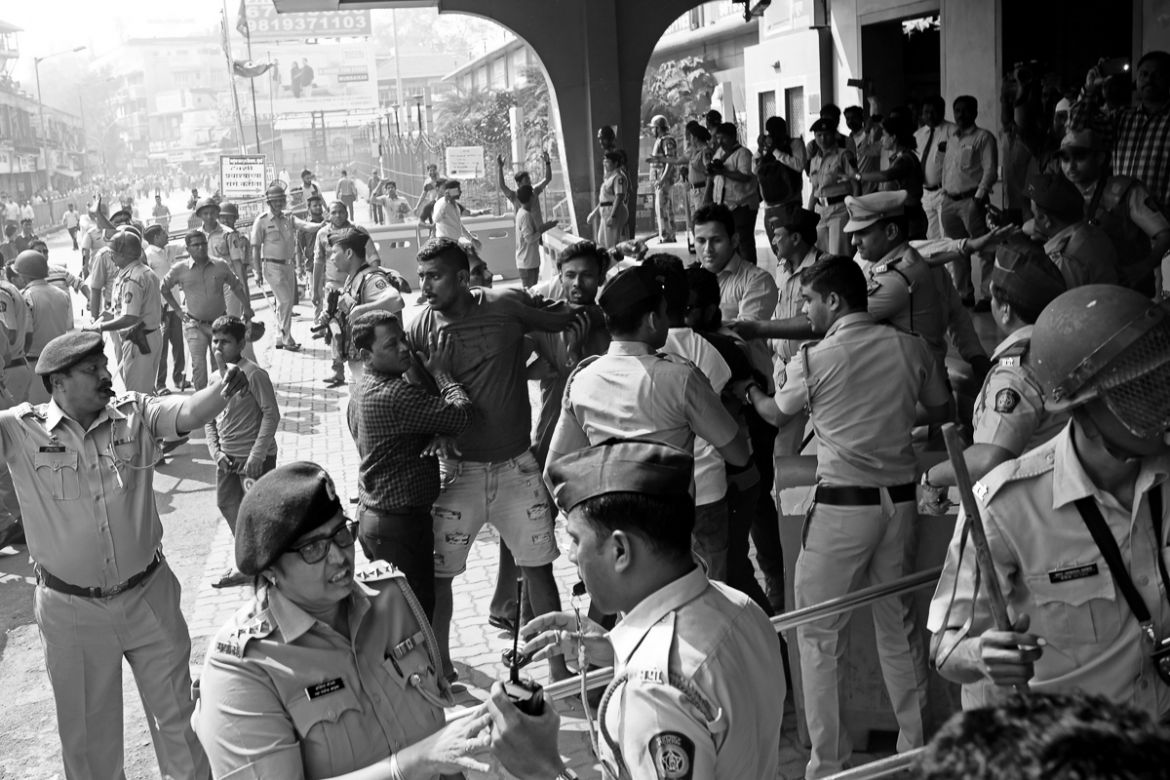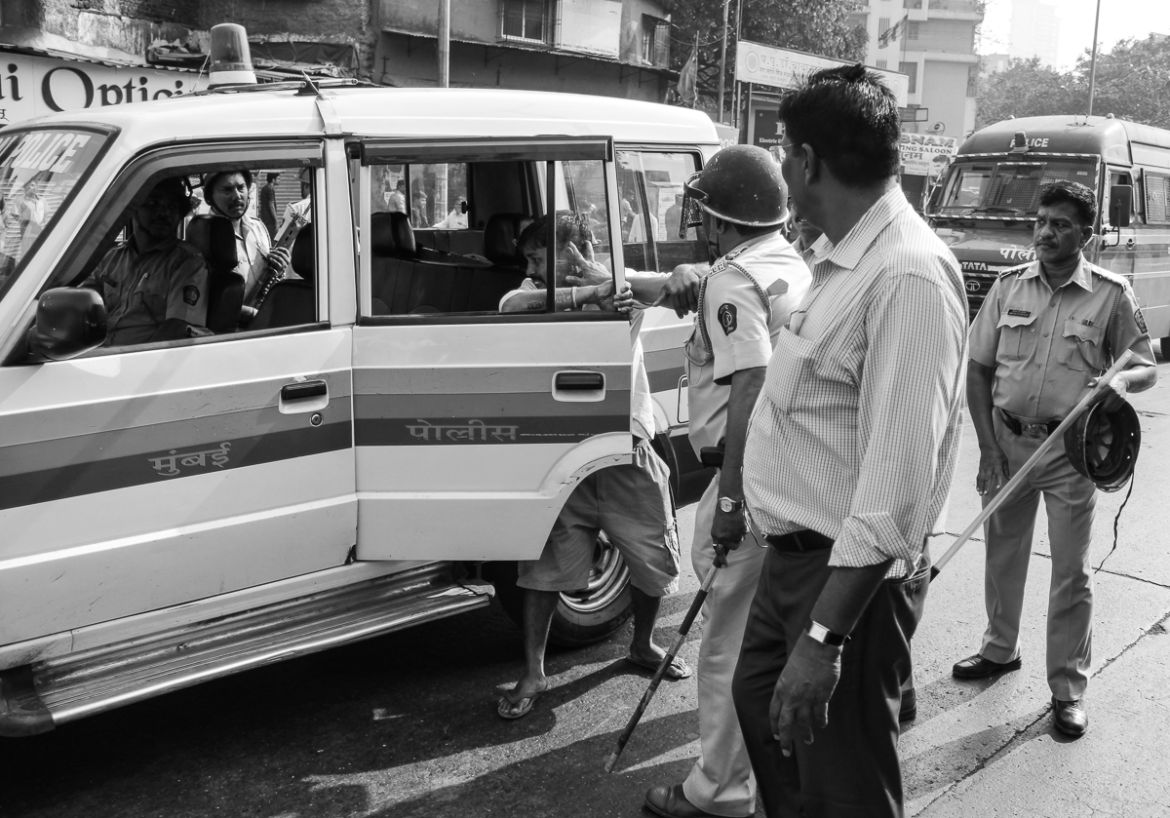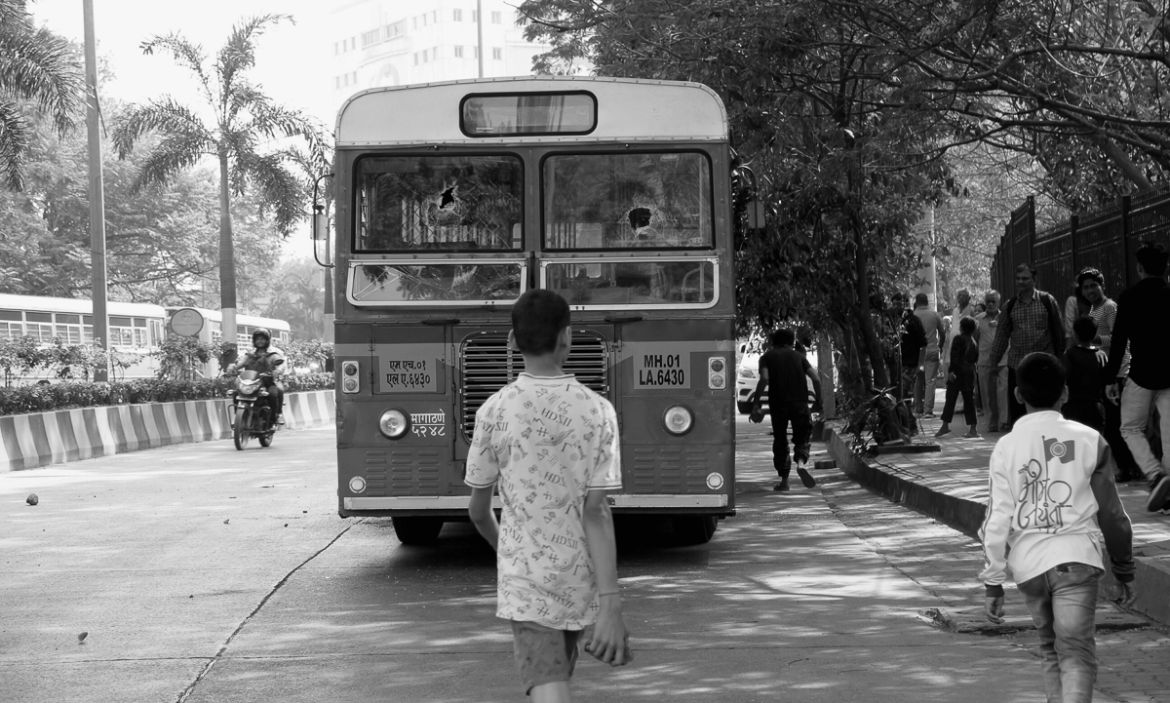In Pictures
Dalit protests: How Mumbai was shut down
Anti-Dalit violence in Bhima-Koregaon sets off series of protests in India’s financial hub.
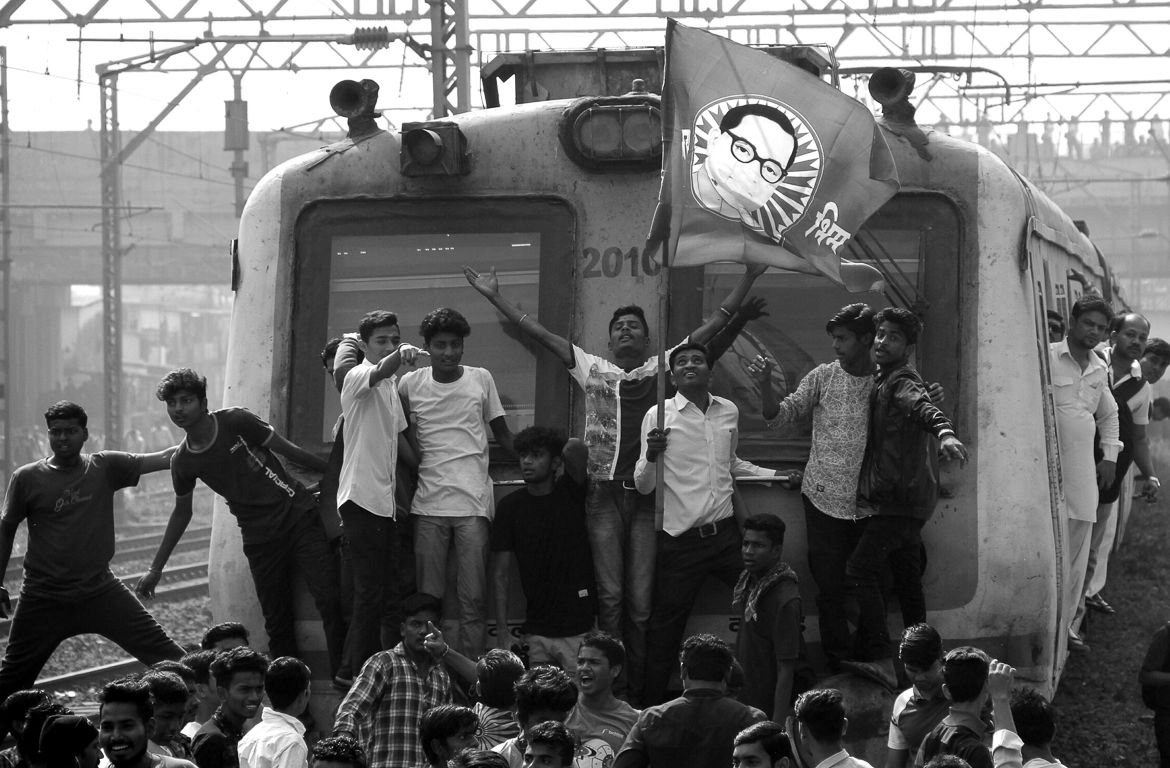
Mumbai, India – On January 1 each year, members of India‘s Dalit community gather to mark the 1818 battle of Bhima-Koregaon
In that fight, two centuries ago, low-caste Dalits sided with the British army to defeat the upper-caste Peshwa rulers.
This year’s commemoration events, however, were marred by deadly violence after their rally in Bhima-Koregaon, in the state of Maharashtra, was allegedly attacked by members of upper caste Hindus.
Upper caste groups typically resent the celebration of the 200-year-old battle.
The violent attack on the rallies and the subsequent killing of a young man set off a series of protests across Maharashtra – a state with a history of violence against the Dalit people, who have faced centuries of discrimination under the Hindu caste system.
The initial call for bandh, or shutdown, by Prakash Ambedkar, the grandson of Dalit icon Dr Bhimrao Ambedkar, was answered by Dalit people across the political spectrum.
The demonstrations shook India’s financial hub of Mumbai, the capital of Maharashtra, where residents of Dalit neighbourhoods took to the streets to protest against the state government and the dominant castes – as well as the caste system itself.
For two days, protesters blocked highways and stopped local trains, the primary means of transport for residents of the major city. There was also some private and public property destruction.
A Dalit youth was allegedly killed in police firing in Nanded district and several others were wounded during clashes with police. Hundreds of people were also arrested.
